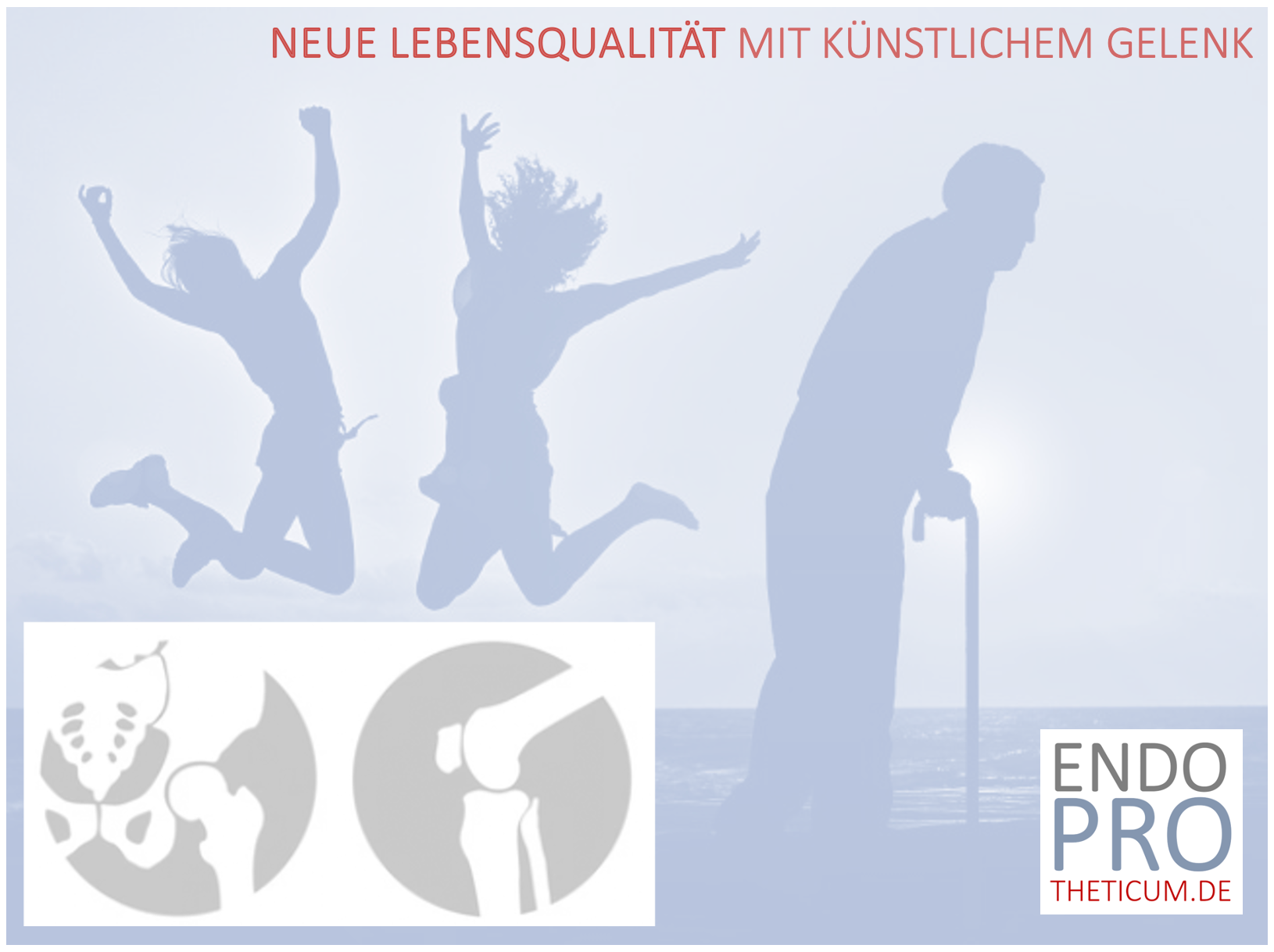Pain after knee replacement – what to do?
What to do if the TKA still hurts?

Knee pain after the implantation of a knee prosthesis (TKA) is an issue that affects many patients. Despite modern surgical techniques and high-quality implants, some people complain about persistent or new pain in the knee joint after the operation. While mild discomfort may be considered normal during the healing phase, prolonged or severe pain requires detailed analysis and treatment. In this article you will find out what causes pain after a knee prosthesis and what therapeutic measures can help to alleviate these symptoms.
Normal postoperative discomfort vs. pathological pain after knee replacement
1. Normal pain after knee surgery
- Postoperative pain is common in the first few weeks after surgery.
- They arise from the trauma of the surgical procedure and the necessary manipulation of the tissue.
- Pain can usually be controlled with medication and physiotherapeutic measures.
2. Warning signs – When is pain no longer normal?
- Swelling, redness or overheating of the knee joint can indicate infection.
- Sudden, severe pain could indicate a loosening of the prosthesis or deep vein thrombosis (DVT).
- Chronic complaints lasting weeks or months require a differentiated examination.
Possible causes of pain after knee replacement
1. Mechanical causes
- Prosthesis misalignment : Incorrect positioning of the prosthesis can lead to unnatural strain and pain.
- Symptoms: Pain when walking, feeling of an “unstable” knee.
- Loosening of the prosthesis : Over time, the implants can become loose.
- Cause: Normal wear and tear or inadequate bone healing.
- Diagnosis: X-rays or CT scans show abnormalities.
- Instability: The balance of the TKA is not correct. The ligament structures cannot adequately stabilize the knee.
2. Soft tissue problems
- Scarring : Excessive scarring can limit mobility and cause pain.
- Tendon overload : The quadriceps tendon or other tendons around the knee may become overused after surgery.
3. Neurological causes
- Nerve irritation : Severed or irritated nerves during surgery can cause chronic pain.
- Symptom: Burning pain or numbness.
- Treatment: Local nerve blocks or drug therapy.
- Complex Regional Pain Syndrome (CRPS) : A rare but serious cause of long-lasting pain after surgery.
- Symptom: Swelling, discoloration and excessive tenderness of the joint.
4. Infections
- Superficial infections : Affects skin and soft tissues.
- Symptoms: swelling, pus formation and overheating.
- Deeper infections : Infections on the prosthesis itself, which can often only be resolved through revision.
5. Psychosomatic causes
- Chronic pain can be exacerbated by stress, depression or anxiety.
- Approach: Multimodal pain therapy including psychological support.
Diagnosis of pain after knee prosthesis
1. History and clinical examination
- Thorough collection of complaints.
- Examination of mobility, swelling and prosthesis stability.
2. Imaging techniques
- X-ray : Shows loosening or misalignment of the prosthesis.
- MRI : Detailed view of soft tissue and nerve problems.
- Scintigraphy : To clarify infections or inflammations.
3. Laboratory diagnostics
- Blood tests to detect signs of inflammation.
- Joint puncture if infections are suspected.
Treatment of pain after knee replacement
1. Drug therapy
- Painkillers such as NSAIDs, paracetamol or opioids.
- Local injections of cortisone or hyaluronic acid.
2. Physical therapy
- Physiotherapy : strengthening muscles and improving mobility.
- Lymphatic Drainage : Reducing swelling and improving healing.
3. Operational measures
- Revision of the prosthesis : Necessary in cases of infection, instability or loosening of the prosthesis.
- Arthroscopic procedures : removal of scar tissue or release of adhesions (rarely recommended).
5. Psychological therapy
- Coping strategies for psychosomatic complaints
Prevention of postoperative pain
1. Good operation planning
- Selection of the appropriate prosthesis.
- Consideration of comorbidities.
2. Optimization of the healing process
- Early mobilization.
- Individually tailored rehabilitation plans.
3. Education and patient training
- Imparting knowledge about normal healing times.
- Promote realistic expectations.
Conclusion and outlook
Pain after a knee prosthesis (TKA) does not necessarily have to be accepted permanently. There are numerous approaches to identifying the causes and treating the symptoms specifically. It is important to speak to a specialist doctor at an early stage and develop a treatment plan together. With the right therapy, many patients can regain their quality of life and lead an active life.
This article provides comprehensive information about pain after knee replacement. If you have individual questions, please contact the ENDOPROTHETICUM or another specialized orthopedic center.
MAKE AN APPOINTMENT?
You are welcome to make an appointment either by phone or online .



























